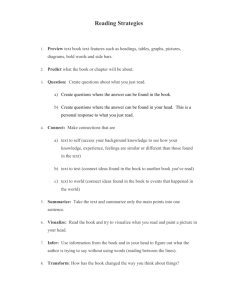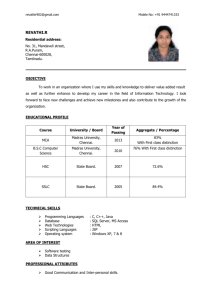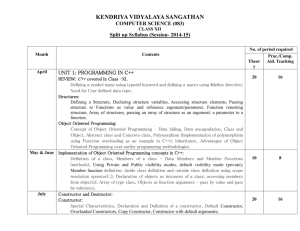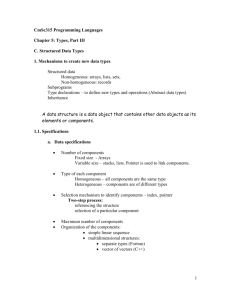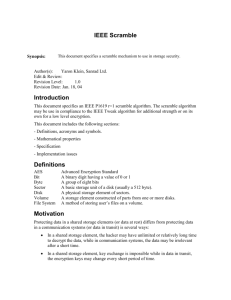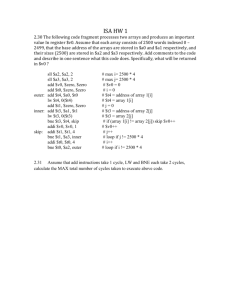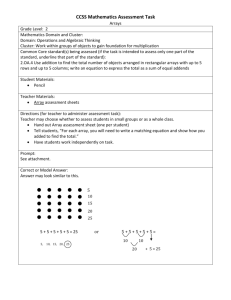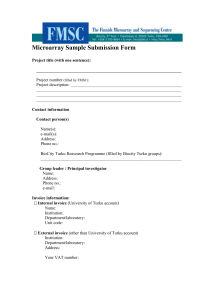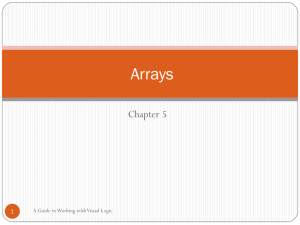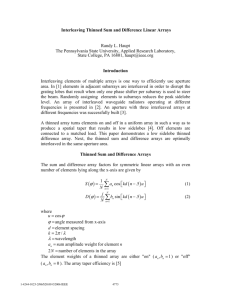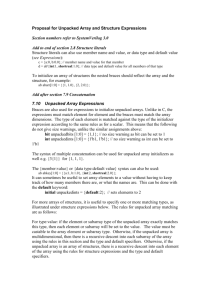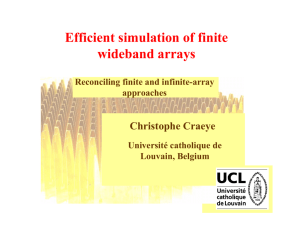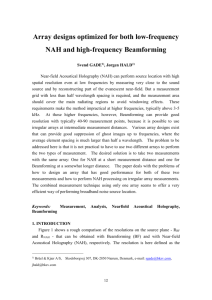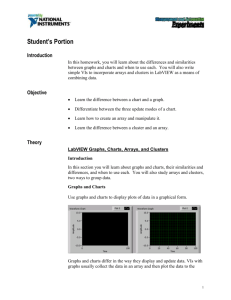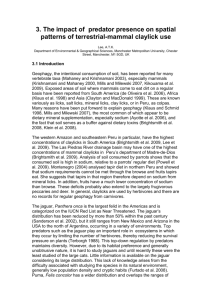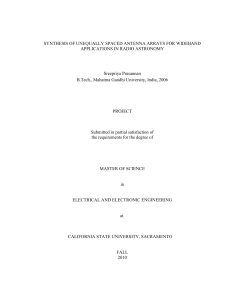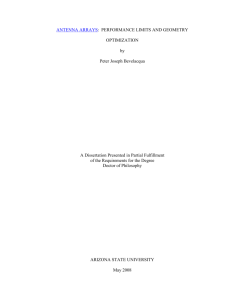Topics in Advanced Computing Midterm preparation guide
advertisement
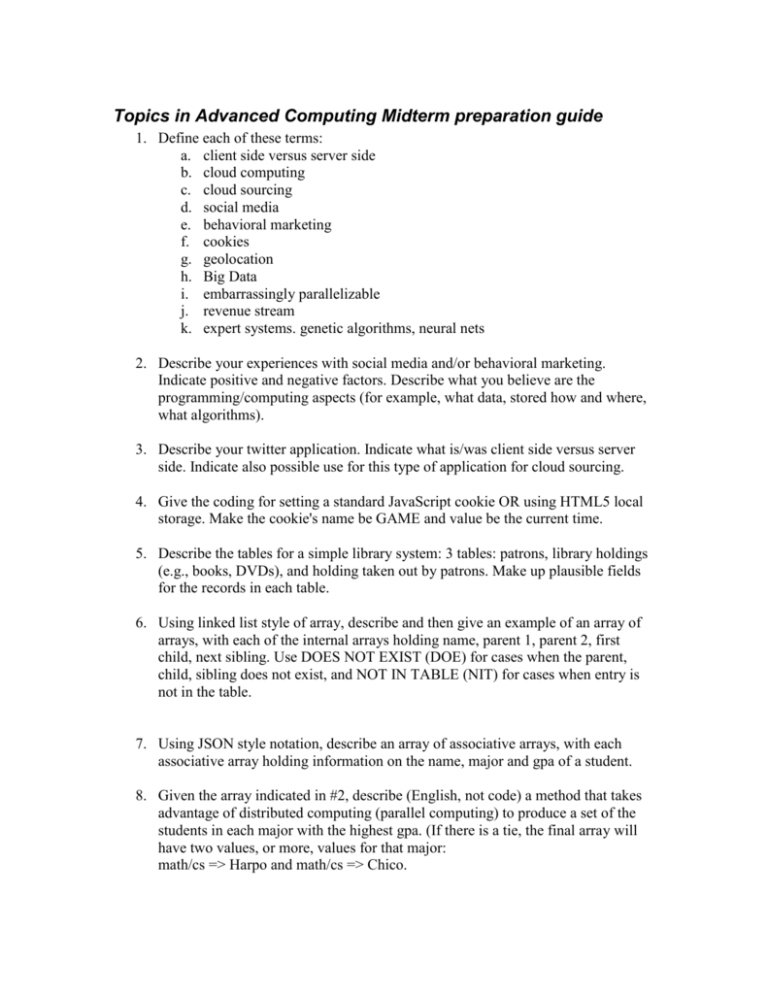
Topics in Advanced Computing Midterm preparation guide 1. Define each of these terms: a. client side versus server side b. cloud computing c. cloud sourcing d. social media e. behavioral marketing f. cookies g. geolocation h. Big Data i. embarrassingly parallelizable j. revenue stream k. expert systems. genetic algorithms, neural nets 2. Describe your experiences with social media and/or behavioral marketing. Indicate positive and negative factors. Describe what you believe are the programming/computing aspects (for example, what data, stored how and where, what algorithms). 3. Describe your twitter application. Indicate what is/was client side versus server side. Indicate also possible use for this type of application for cloud sourcing. 4. Give the coding for setting a standard JavaScript cookie OR using HTML5 local storage. Make the cookie's name be GAME and value be the current time. 5. Describe the tables for a simple library system: 3 tables: patrons, library holdings (e.g., books, DVDs), and holding taken out by patrons. Make up plausible fields for the records in each table. 6. Using linked list style of array, describe and then give an example of an array of arrays, with each of the internal arrays holding name, parent 1, parent 2, first child, next sibling. Use DOES NOT EXIST (DOE) for cases when the parent, child, sibling does not exist, and NOT IN TABLE (NIT) for cases when entry is not in the table. 7. Using JSON style notation, describe an array of associative arrays, with each associative array holding information on the name, major and gpa of a student. 8. Given the array indicated in #2, describe (English, not code) a method that takes advantage of distributed computing (parallel computing) to produce a set of the students in each major with the highest gpa. (If there is a tie, the final array will have two values, or more, values for that major: math/cs => Harpo and math/cs => Chico. 9. Summarize the encryption talk given by Prof. Ohring. 10. Define and compare methods and purposes of steganography, two-way encryption, specifically RSA encryption, one-way encryption. 11. Describe the steps of RSA, starting with the 2 primes. 12. Summarize the natural language and computer languages talk given by Prof. Shablinsky. 13. Summarize the article on AI, specifically describe some of the applications and respond to the author's comment that they didn't demonstrate general intelligence. 14. Describe duolingo, Conversation with Jacques Lipchitz, SIRI, or some equivalent and indicate what appears to be going on in terms of data and algorithm. 15. Summarize the visualization talk given by Jackie Shilkoff. 16. Describe a visualization example that you felt was particularly compelling and indicate why and how. 17. List the Ds given as a way to remember critical aspects of data. 18. Describe one of the postings (yours or someone else's) on a news topic involving computing. 19. Summarize these articles and indicate the tasks, new or otherwise, for computing professionals (that is, the makers, not the consumers) a. b. c. d. e. f. g. h. i. Intel eliminating computer passwords Talking cars Vanadium Oxide Bronze Have hackers won How the cloud will dominate consumer experience Art Algorithm Any of the Turing test, can machines think artibles Big Data articles Cryptography articles 20. Describe an issue in which you, as a computing professional, would need to consider the ethical aspects of your work.



